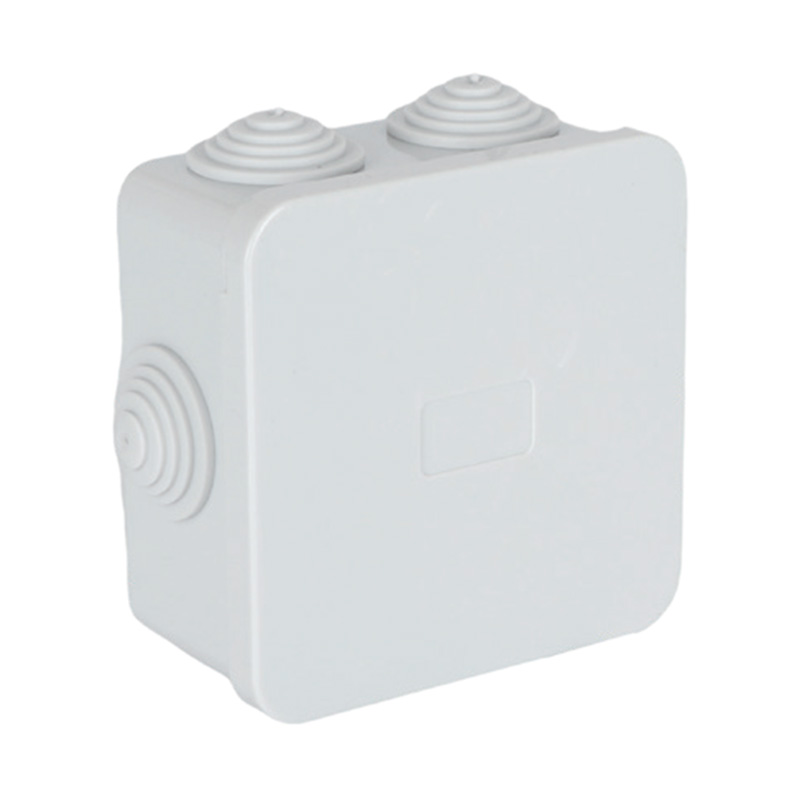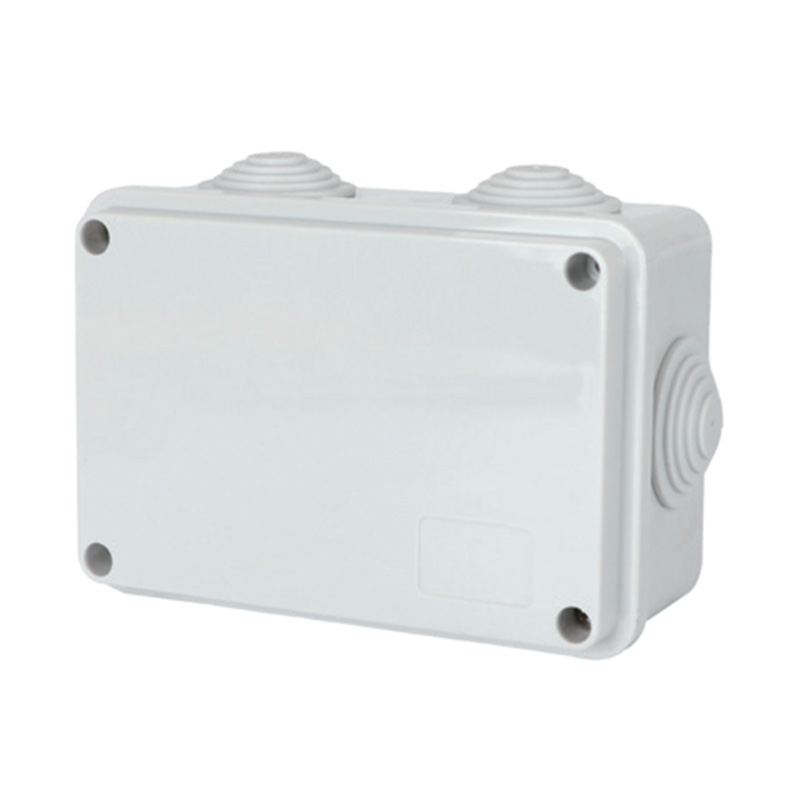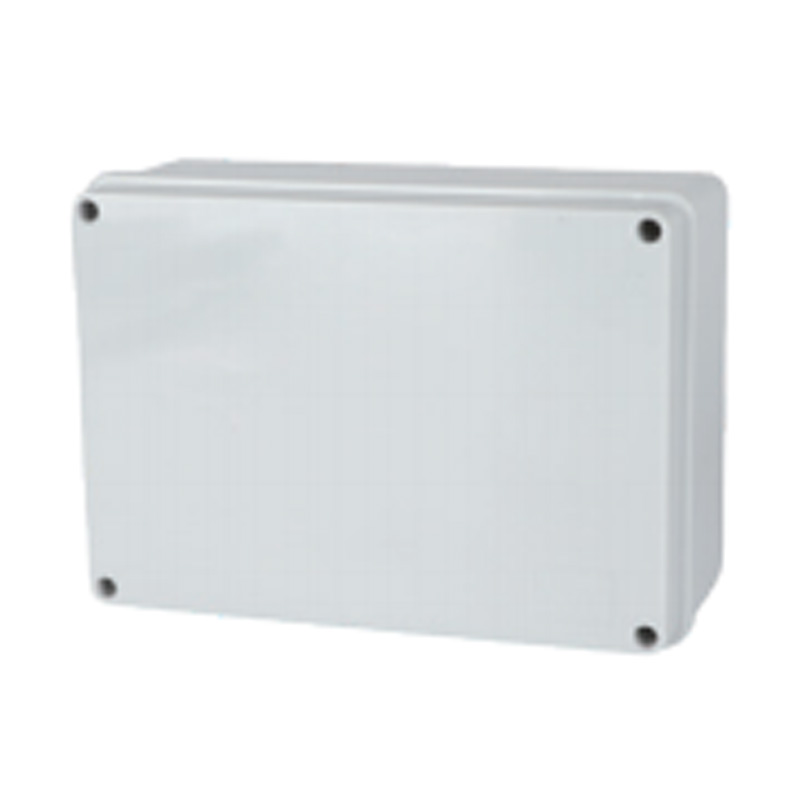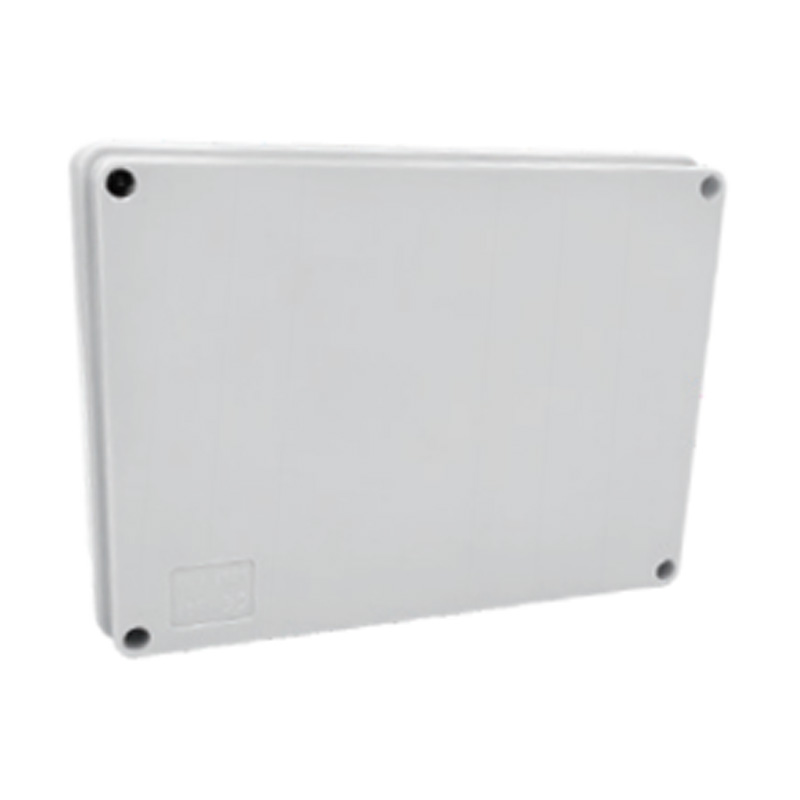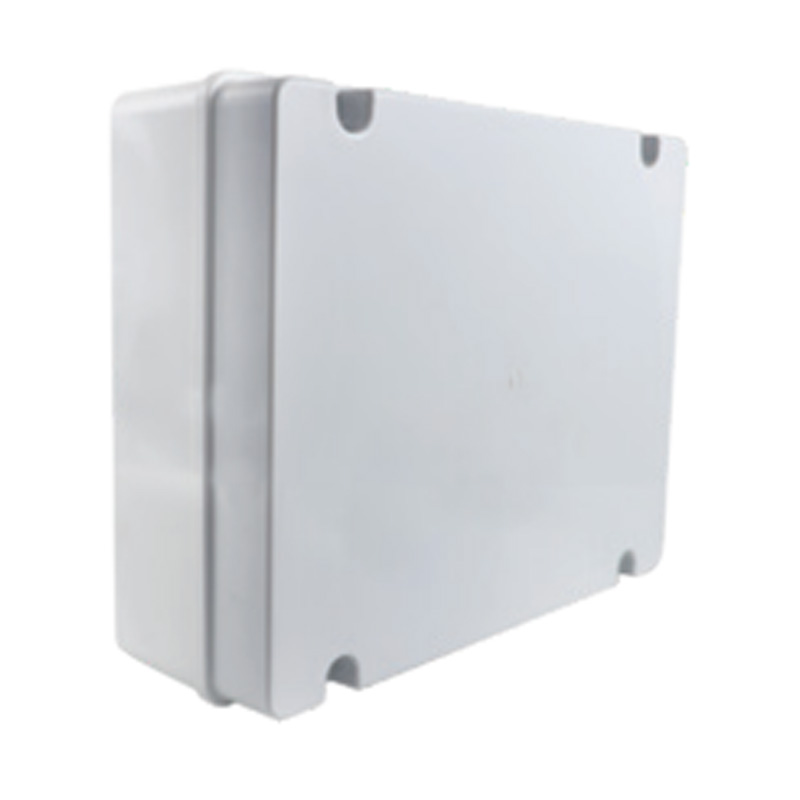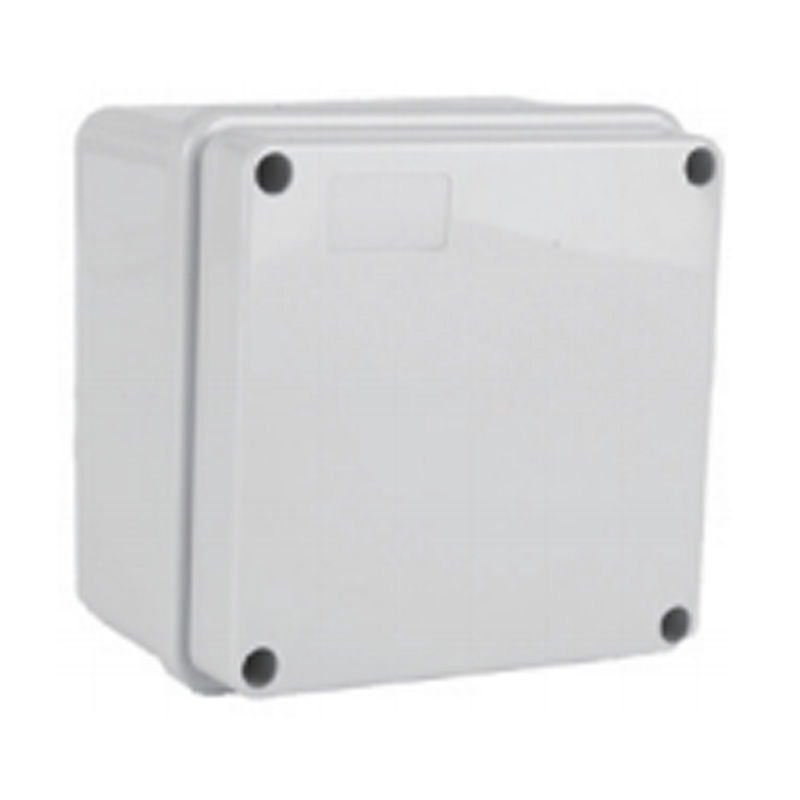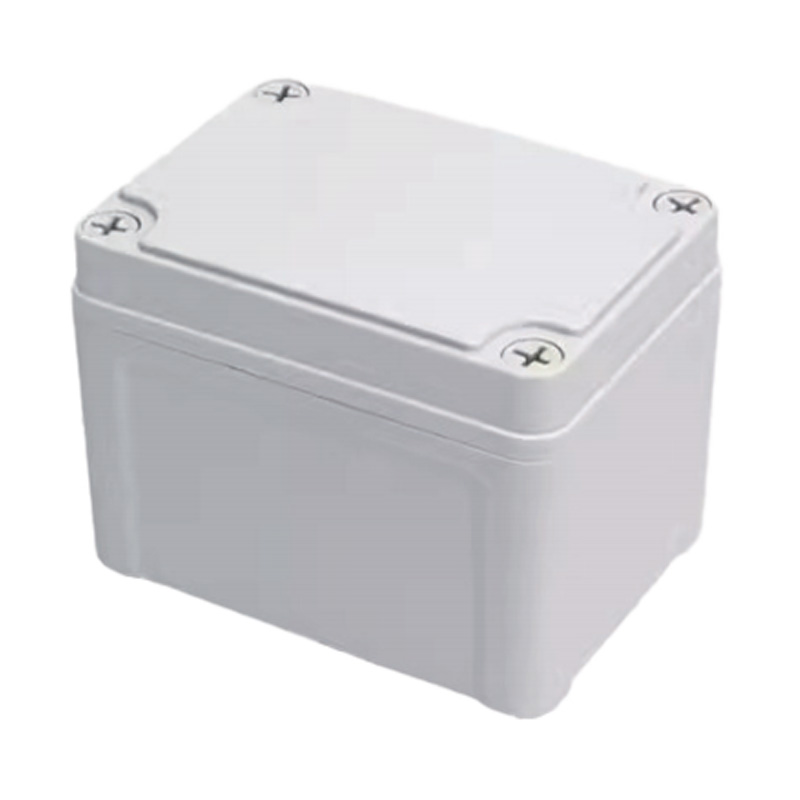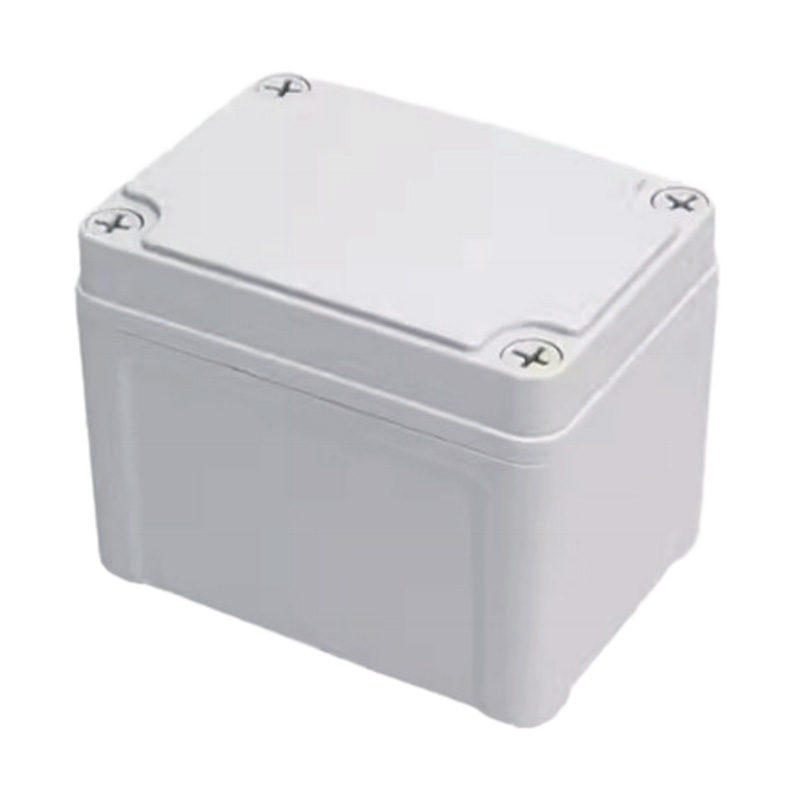Stainless Steel vs Waterproof Cable Glands for Harsh Environments
 2025.10.17
2025.10.17
 Industry news
Industry news
In many demanding installations—such as coastal sites, chemical plants, offshore platforms, wastewater treatment stations, or industrial automation facilities—choosing the right cable gland is critical. You want a waterproof cable gland that prevents moisture ingress and corrosion, and often a stainless steel cable gland to withstand physical stress, chemical attack, or long-term wear. But when it comes to harsh environments, which one suits your needs better?
To make things clear, first we’ll look at what makes an environment “harsh,” then compare the two types of glands, discuss performance in real-world conditions, and finally offer decision criteria and tips.
What Qualifies as a Harsh Environment?
Before comparing glands, let’s define what we mean by harsh environment. Some common features include:
High moisture / salt air / splash / immersion — e.g. marine, coastal facilities
Chemical exposure — acids, alkalis, solvents, corrosive gases
Vibration, mechanical shock, abrasion — industrial machinery, vehicles
Extreme temperature cycles — hot, cold, freeze-thaw
UV / sun exposure / weathering — outdoor installations
Dust, particulate, abrasive materials — mining, cement plants, foundries
In these settings, a cable gland must provide more than just a moisture seal—it must resist corrosion, retain mechanical grip, maintain sealing after thermal cycling, and endure repeated stresses.
Key Attributes to Compare
Here are the main performance attributes where Waterproof Cable Gland and Stainless Steel Cable Gland differ in harsh settings:
| Attribute | Waterproof Cable Gland (general) | Stainless Steel Cable Gland |
|---|---|---|
| Moisture / Ingress Protection | Excellent if engineered (IP67, IP68) via O-rings, seals, compression | Also excellent, many stainless versions reach IP68 / IP69K when sealed properly |
| Corrosion Resistance | Depends on materials (plastic, brass, nickel-plated parts) — may degrade over time in harsh chemicals or salty air | High corrosion resistance (especially 316 grade) — resists pitting, rust, salt spray better |
| Mechanical Strength | Adequate for many use cases, but plastic or softer metals may be vulnerable to impact or heavy stress | High strength, retains thread integrity over repeated tightening, resists mechanical damage |
| Thermal & Chemical Stability | Some plastics or seal materials degrade under extreme heat, UV, or chemical attack | Stainless steel remains stable under wide temperature ranges; chemical durability is stronger |
| Longevity & Maintenance | May require more frequent inspection or replacement under extreme exposure | Longer service life, lower maintenance in harsh conditions |
| Cost & Weight | Often lower initial cost, lighter materials | Higher cost, heavier — but potentially lower total cost over time |
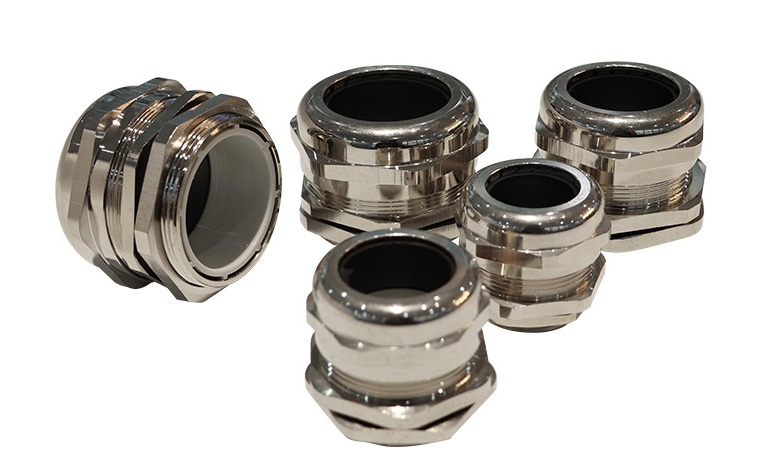
Performance in Real-World Harsh Applications
Let’s look at a few use-case comparisons to illustrate which type shines in specific scenarios.
Marine / Coastal Environments
Here, salt spray and humidity are dominant challenges. A waterproof gland must maintain its seal despite corrosion of its metal parts; plastic glands may deteriorate under long-term exposure. However, Stainless Steel Cable Gland, especially of 316 grade, offers superior resistance to salt corrosion and pitting defects. Some users report that installations with stainless steel glands remain fully functional years later, while others using brass or plastic glands show corrosion and leakage.
Chemical & Industrial Plants
In chemical plants or areas with exposure to solvent fumes, acids, or alkali, a waterproof gland made of ordinary materials might degrade. Stainless steel glands, with strong chemical resistance, maintain the structural integrity of the seal. According to industry data, stainless steel glands are often used in chemical processing zones because they resist erosion and maintain sealing better.
Outdoor / Thermal Cycling / UV Exposure
In outdoor installations with wide temperature swings, UV exposure, and weathering, plastic materials tend to age, shrink, or crack. Even waterproof glands may degrade at the seal or housing. Stainless steel glands retain dimensional stability, resist UV aging, and maintain sealing performance across temperature ranges from –40 °C to +200 °C or beyond.
High-Vibration or Mechanical Stress Environments
For machinery that vibrates, cables may shift or jar the gland. A waterproof gland made of softer materials might loosen or lose sealing. Stainless steel glands, owing to their rigidity and firm clamping designs, resist loosening. Their threads and bodies can endure repeated tightenings without wear.
Ideal Practices & Tips for Harsh Environments
Always follow correct installation procedures (torque, alignment, sealing) to preserve performance.
Use proper thread sealants or PTFE tapes rated for harsh environments.
Periodically inspect for corrosion, seal aging, loosening, or ingress signs.
Replace seals proactively in scheduled maintenance rather than waiting for failure.
Match the gland’s clamping range to the cable—never force an undersized or oversized gland.
If LEDs, sensors, or critical systems rely on these glands, build redundancy or monitoring.


 English
English 中文简体
中文简体 Español
Español عربى
عربى

